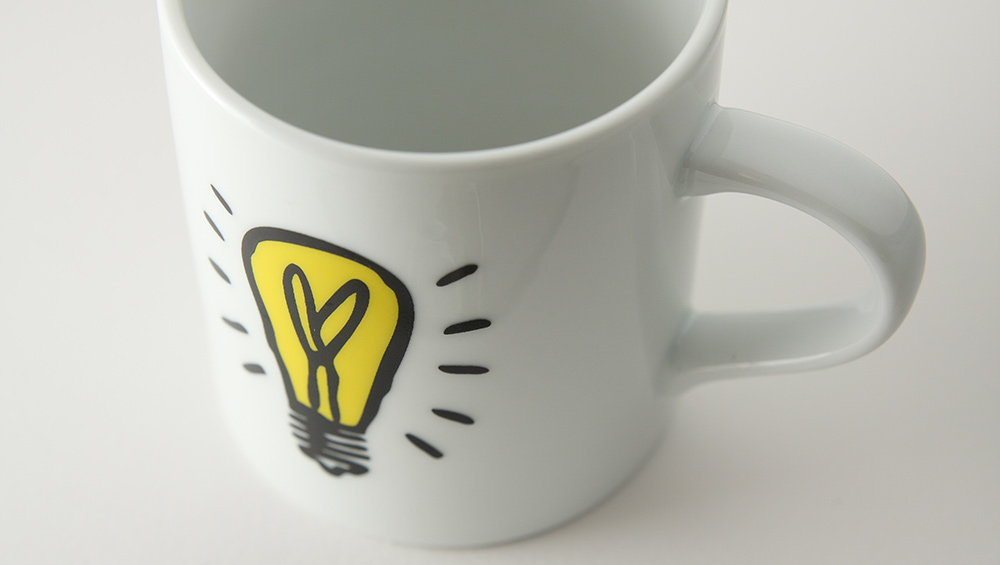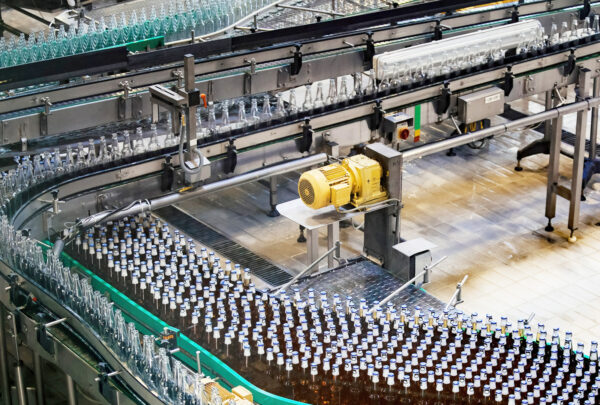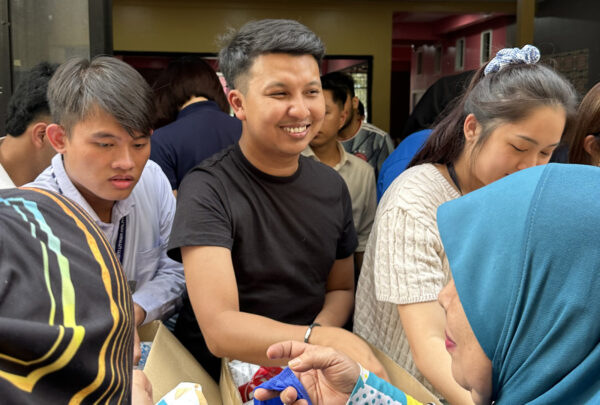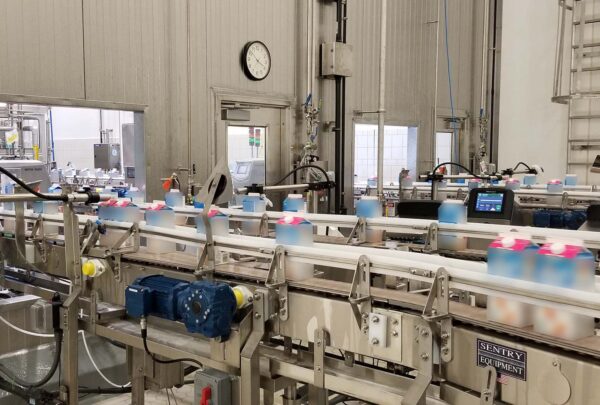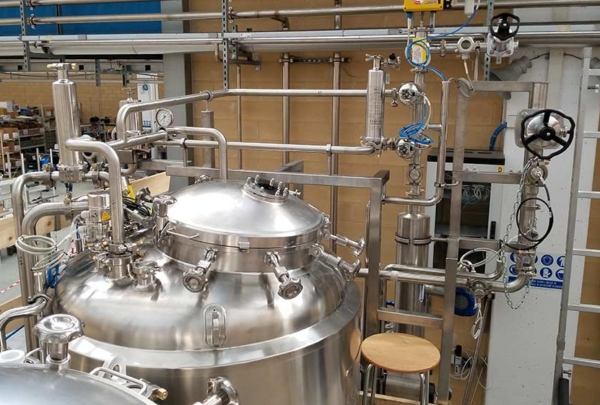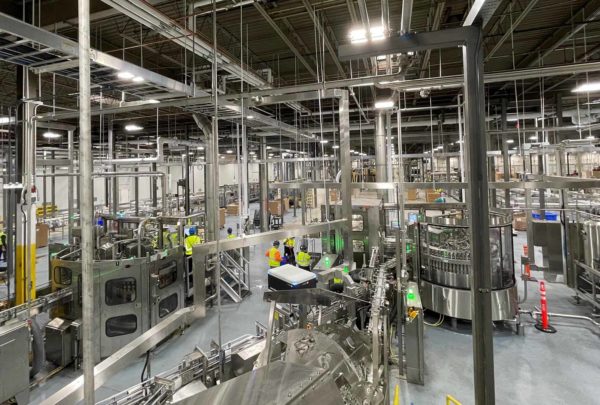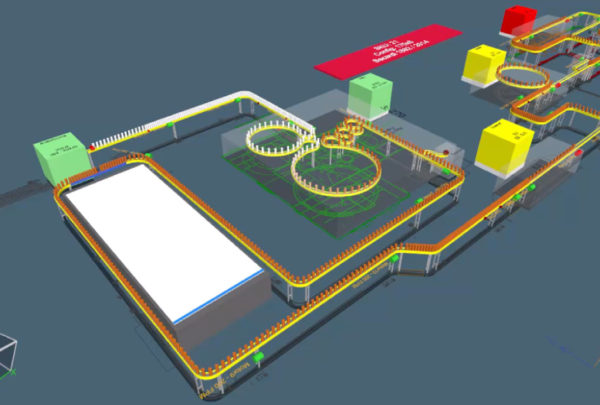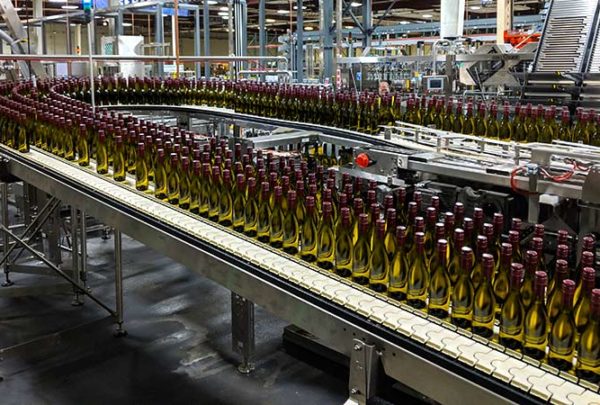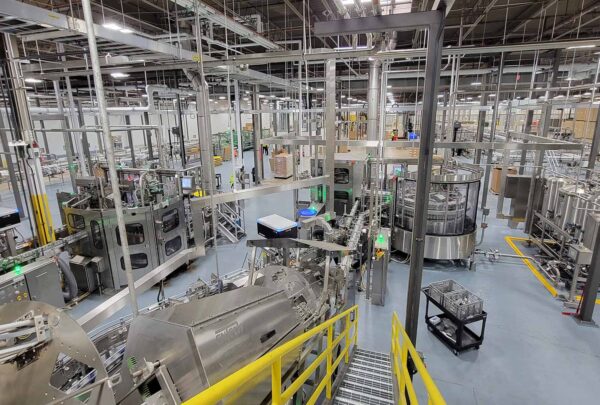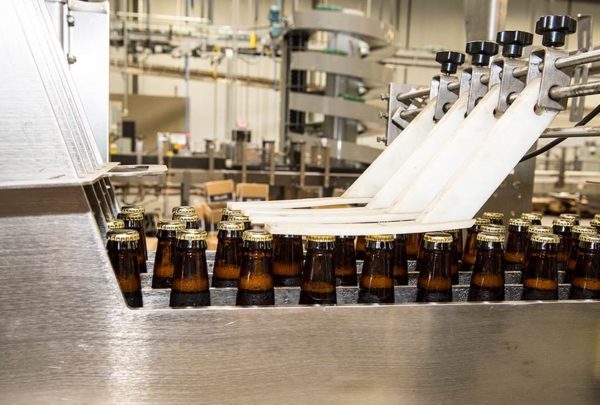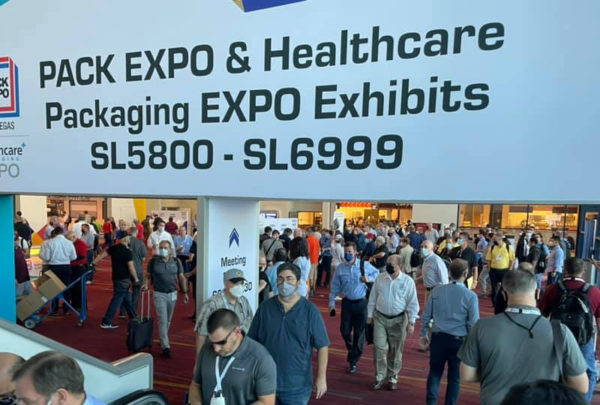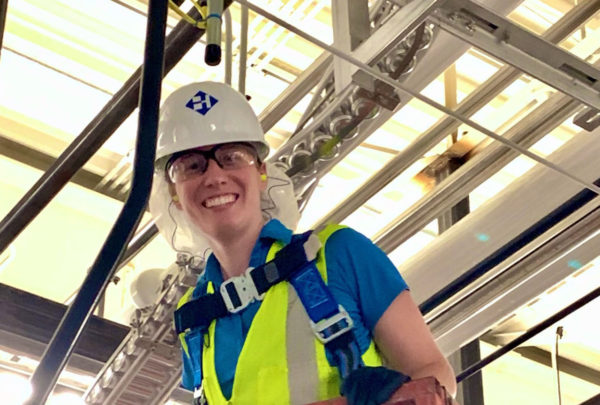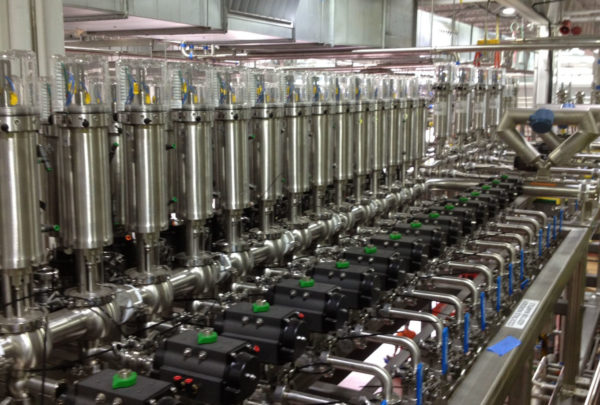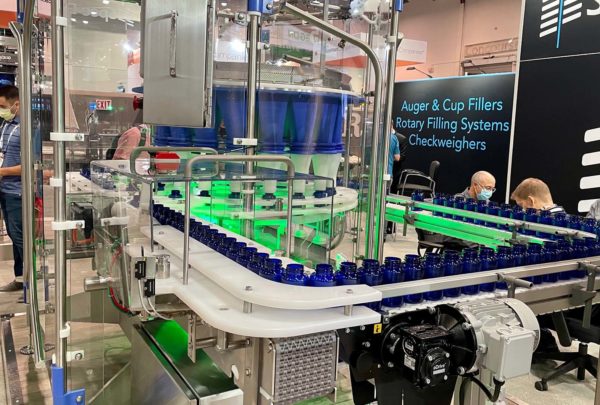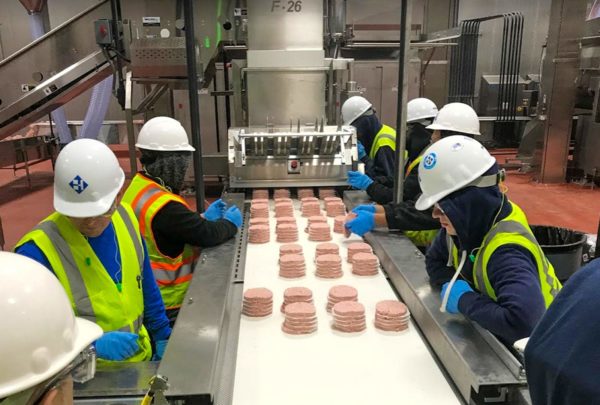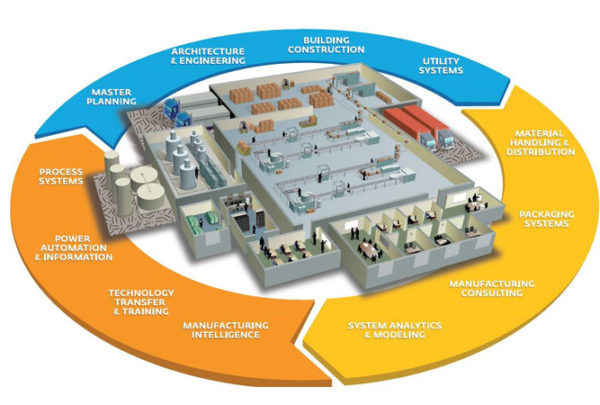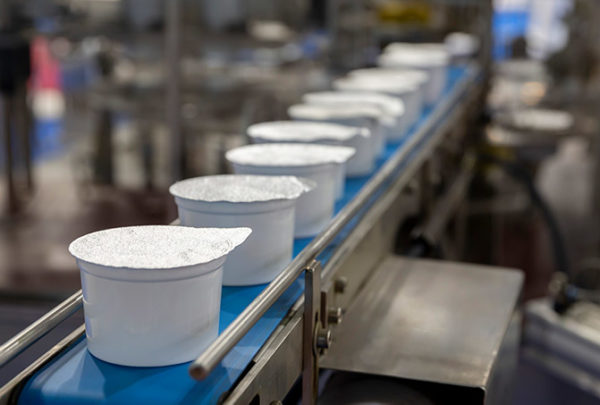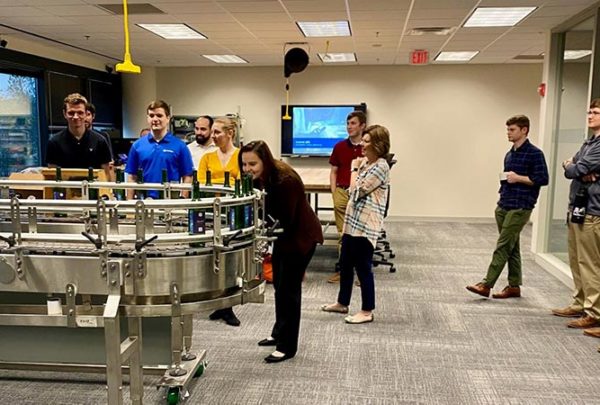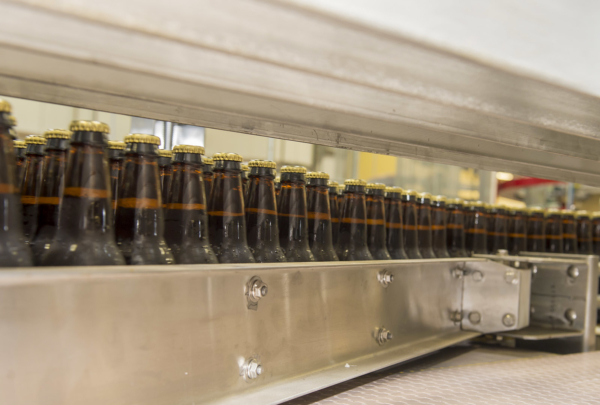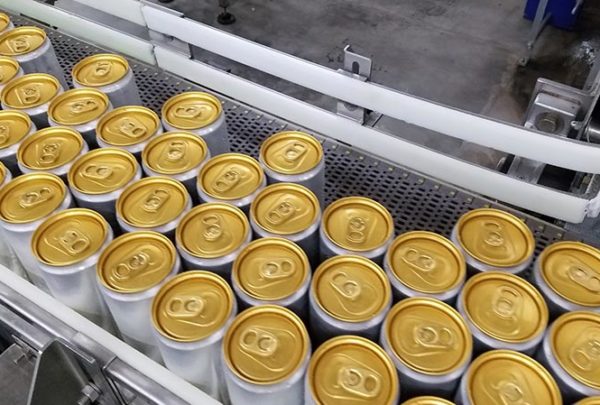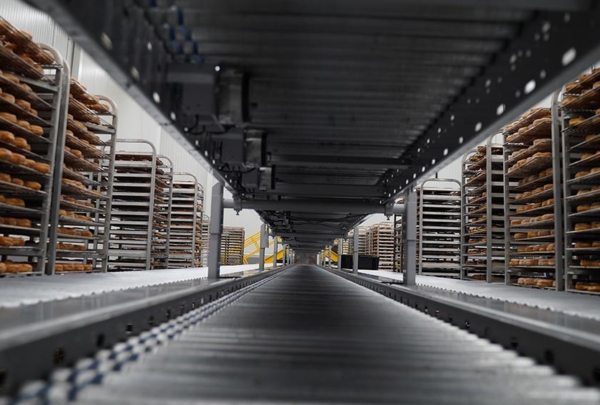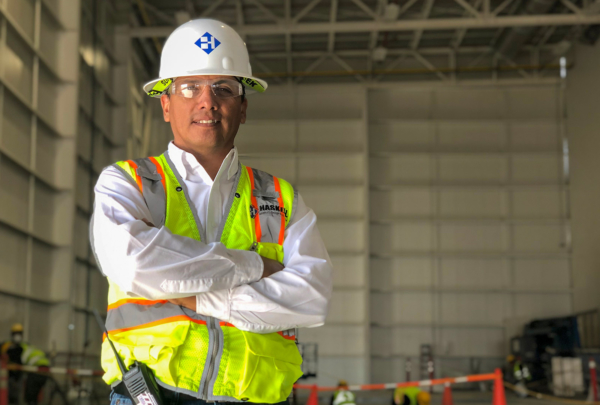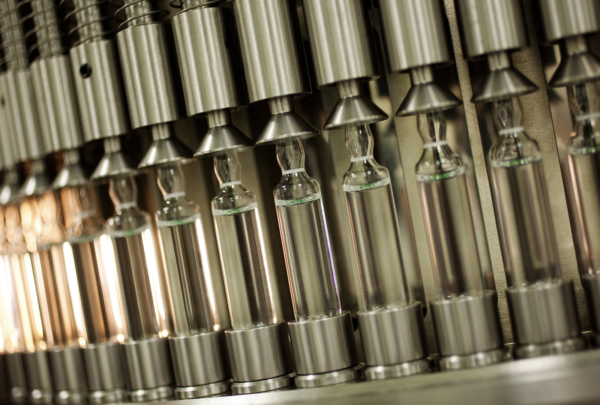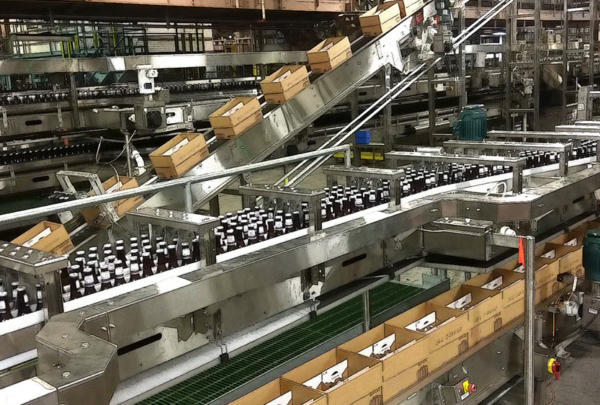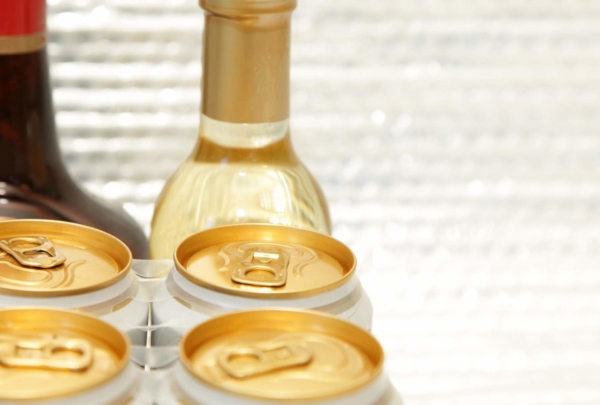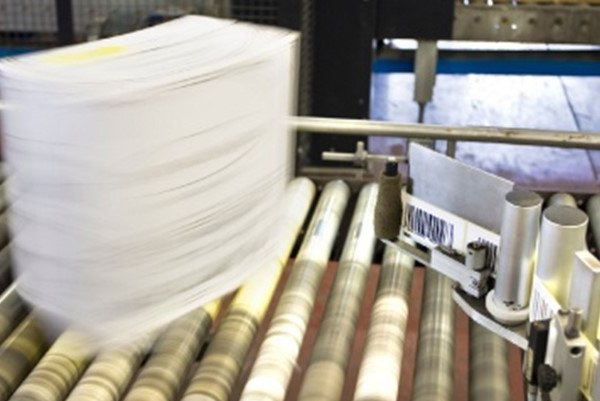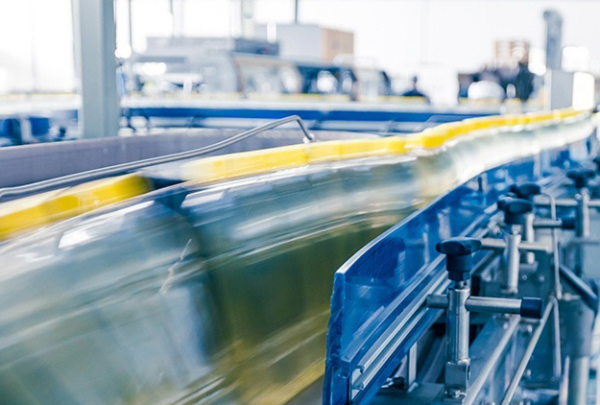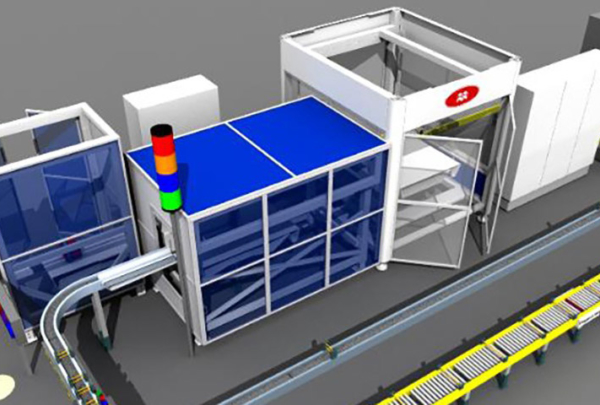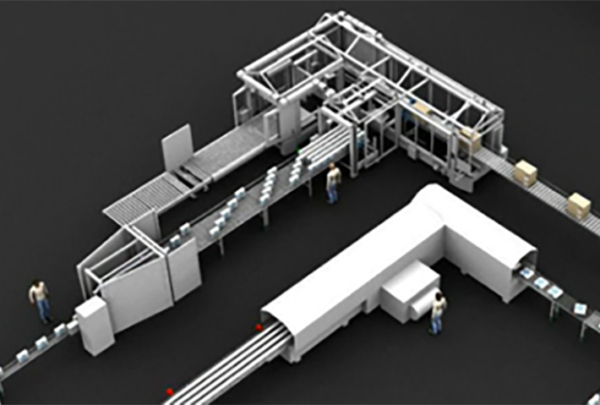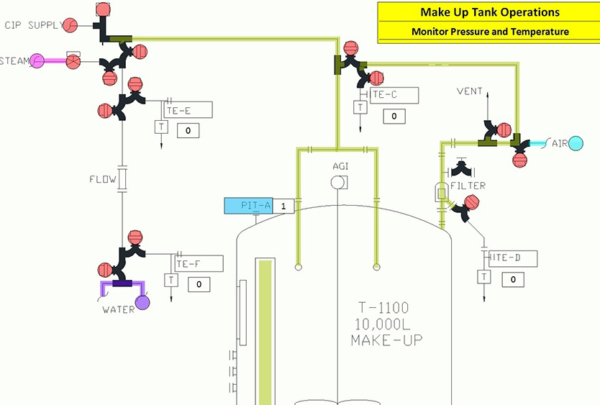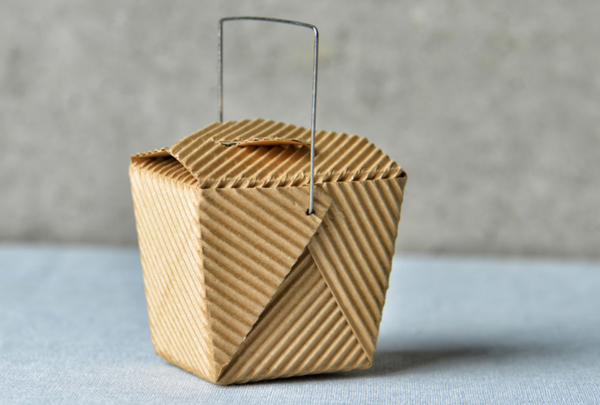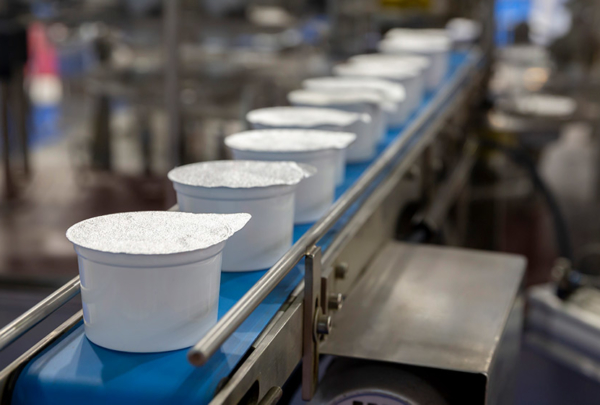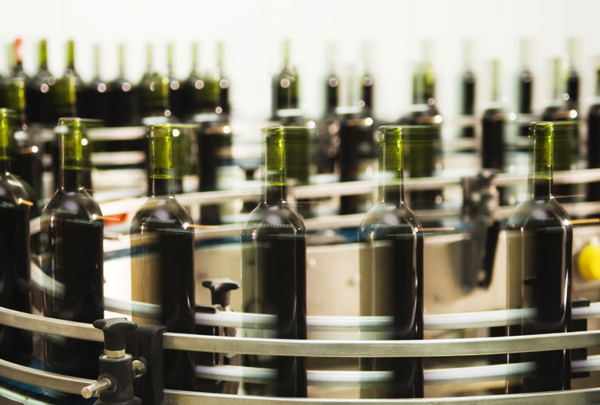Stop reading this blog — not forever, just for a few seconds. Look away from your screen and take in everything around you.
Maybe you see a cup of coffee or a bottle of soda. Most likely you see a stapler, and a box of staples probably sits in a nearby drawer. Notice all the pens and sticky notes.
Almost everything you rely on is either a form of packaging or came to you in a package. All our manufactured goods, from our clothes to your computer, were designed and produced somewhere other than where they’re used. Our modern world relies on packaging to efficiently distribute and protect goods as they transfer from producers to consumers.
Take, for instance, light bulbs. While shopping, you might find yourself looking at a shelf covered in dozens of varied light bulb products. Some come individually packaged, others in multi-packs. Some come in paperboard cartons, others in plastic “clamshell” containers. Most will be stacked on the shelf, while a few will be hanging on a pegboard.
Irrespective of which bulb you choose, the packaging performs three important functions:
- It makes the bulb easy to display.
- It protects the bulb in transit.
- It markets the bulb.
Now think about where that light bulb came from. It arrived at the store in a case with a few dozen other light bulbs. To make shipping easier, cases were stacked on a pallet. A truck carried the pallet along with many others. Before that, a palletizer assembled the pallets. The case was filled by a case packer. The bulb was placed by a cartoner.
An entire automated production line – encompassing multiple machines and conveyors working together – produced enough bulbs for nation-wide distribution. The light bulb, the carton and the production line had to be rigorously designed. Failure at any point in the cycle means fewer light bulbs available to consumers.
Consumers need lighting. Light bulb manufacturers want to resolve that need for customers. Companies rely on Haskell to help them accomplish their goal of satisfying customers’ needs. Our team provides expertise and resources to execute successful packaging projects. Whether that means building the right facility or designing the right system, we move our clients toward meeting customer demands.
Look back at your desk. Our clients make the products you use every day, and we help them do it efficiently and profitably. Once you realize everything we can do to help your business, it’ll be like a light bulb turning on.
For more information, contact Haskell Director of Packaging Operations, Bela Jacobsen.

